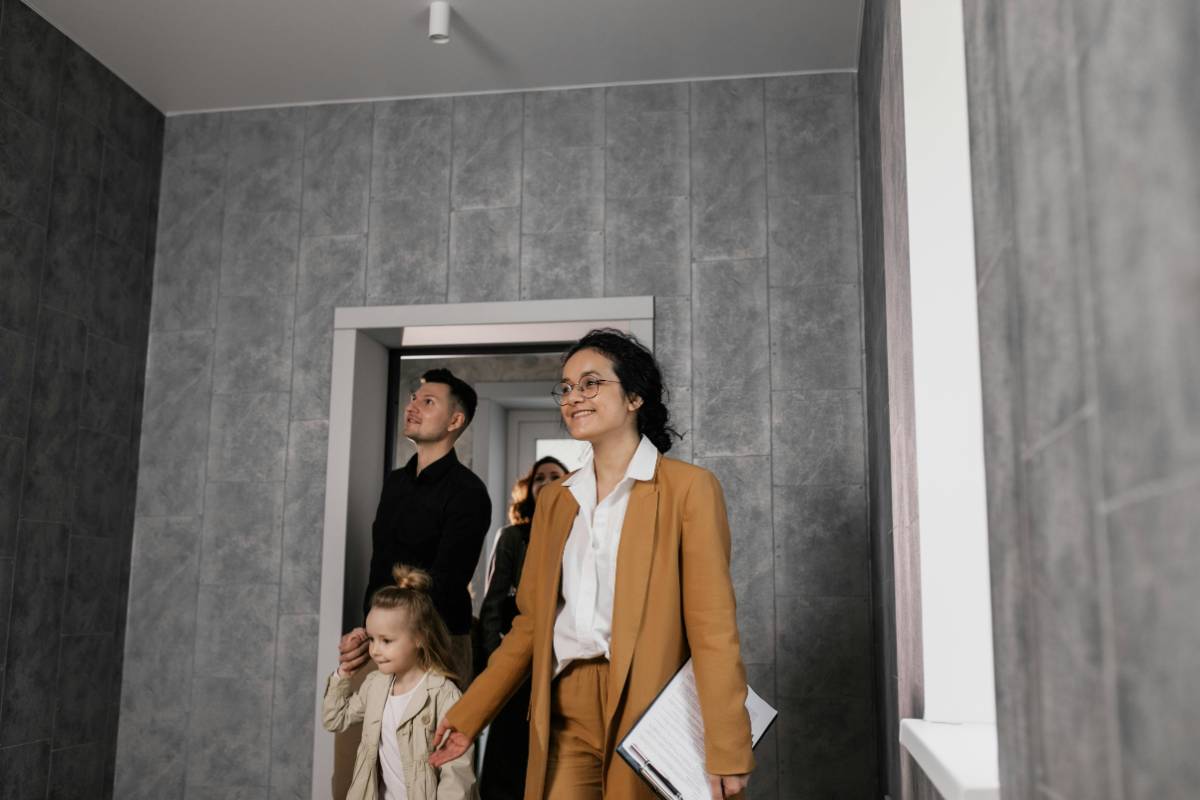

In today's digital age, the real estate industry is increasingly relying on technology to enhance marketing strategies. One of the most significant advancements in real estate marketing is the use of virtual tours. These immersive online experiences are revolutionizing the way properties are showcased to potential buyers, offering an interactive and convenient way to explore properties without physically visiting them.

Virtual tours allow potential buyers to explore a property from the comfort of their own home using online tools. These tours can range from simple 360-degree images to more advanced 3D models and videos, providing a fully interactive experience. Virtual tours are typically hosted on real estate websites, allowing users to navigate through rooms, zoom in on specific areas, and even view properties from different angles.
Virtual tours offer buyers the ability to view a property at their own pace and from the comfort of their own home, making it easier to decide whether they want to schedule a physical showing.
Virtual tours offer several key benefits for both sellers and buyers, making them an essential tool in modern real estate marketing. Here are some of the advantages:
Wider Audience Reach: Virtual tours allow properties to be showcased to a global audience, reaching potential buyers who may not be able to visit the property in person.
Time and Cost Efficiency: Virtual tours save time for both buyers and agents, as buyers can narrow down their options before committing to in-person visits.
Increased Engagement: Interactive tours keep potential buyers engaged, offering a more immersive experience compared to static photos or text descriptions.
Convenience for Buyers: With virtual tours, buyers can explore a property at any time of the day or night, making it easier for them to schedule their viewing at their convenience.
There are several types of virtual tours that real estate agents use to showcase properties:
360-Degree Images: These are simple interactive images that allow buyers to view different angles of a room by dragging the image with their mouse or finger.
3D Virtual Tours: More advanced than 360-degree images, these tours allow buyers to move through a property in real-time, offering a fully interactive experience with a 3D model of the home.
Video Walkthroughs: These are pre-recorded tours where the agent walks through the property, showcasing the home's features and layout. They may include voiceovers or music to enhance the viewing experience.
Augmented Reality (AR): AR technology allows potential buyers to virtually stage homes or visualize how furniture and decor would look in a space.

For sellers, offering a virtual tour can make their property stand out in a competitive market. Here's why it's becoming an essential marketing tool:
Attract More Buyers: With the convenience and accessibility of virtual tours, sellers can attract a larger pool of potential buyers, even those from out of state or overseas.
Highlight Key Features: Virtual tours allow sellers to highlight unique features of the property, such as expansive views, open floor plans, or custom finishes that might be overlooked in traditional listings.
Sell Faster: Properties with virtual tours tend to sell faster because they capture the interest of buyers early in the process, reducing the number of in-person viewings needed.
For buyers, virtual tours offer an array of benefits that make the property search process easier and more efficient:
Convenience and Accessibility: Virtual tours allow buyers to explore properties at their own pace, making the process more flexible and convenient.
Better Understanding of Space: Virtual tours provide a clearer sense of the property's layout, room sizes, and overall flow, which is difficult to gauge with photos alone.
Save Time: Virtual tours help buyers filter out properties they’re not interested in, reducing the time spent visiting homes in person.
Despite their many benefits, virtual tours also present certain challenges for both agents and buyers. These include:
Technical Limitations: Not all virtual tour software provides the same quality of images or user experience. Poor-quality tours can lead to a lack of interest or a negative impression of the property.
Overreliance on Technology: Some buyers may prefer to experience a property in person before making a decision, and relying too heavily on virtual tours may alienate those who value physical viewings.
Lack of Personal Interaction: Virtual tours lack the personal touch of a face-to-face showing, where agents can answer questions, provide insights, and build rapport with potential buyers.
As technology continues to evolve, so too will virtual tours in real estate. Future advancements may include more immersive experiences, such as virtual reality (VR) tours that allow users to "step inside" properties and interact with the environment. Additionally, improvements in AI could lead to more personalized tours tailored to the preferences of individual buyers.
Overall, virtual tours are expected to play an increasingly important role in real estate marketing, offering a convenient and effective way for buyers and sellers to connect in a rapidly changing digital landscape.
Virtual tours are transforming the way real estate is marketed and sold. They offer unparalleled convenience for buyers and a wider reach for sellers, while also providing an immersive and engaging experience. Although there are challenges to overcome, such as technical limitations and the potential for overreliance on digital tools, the future of virtual tours in real estate looks bright. By adopting this technology, agents and sellers can stay competitive in an increasingly digital world.











